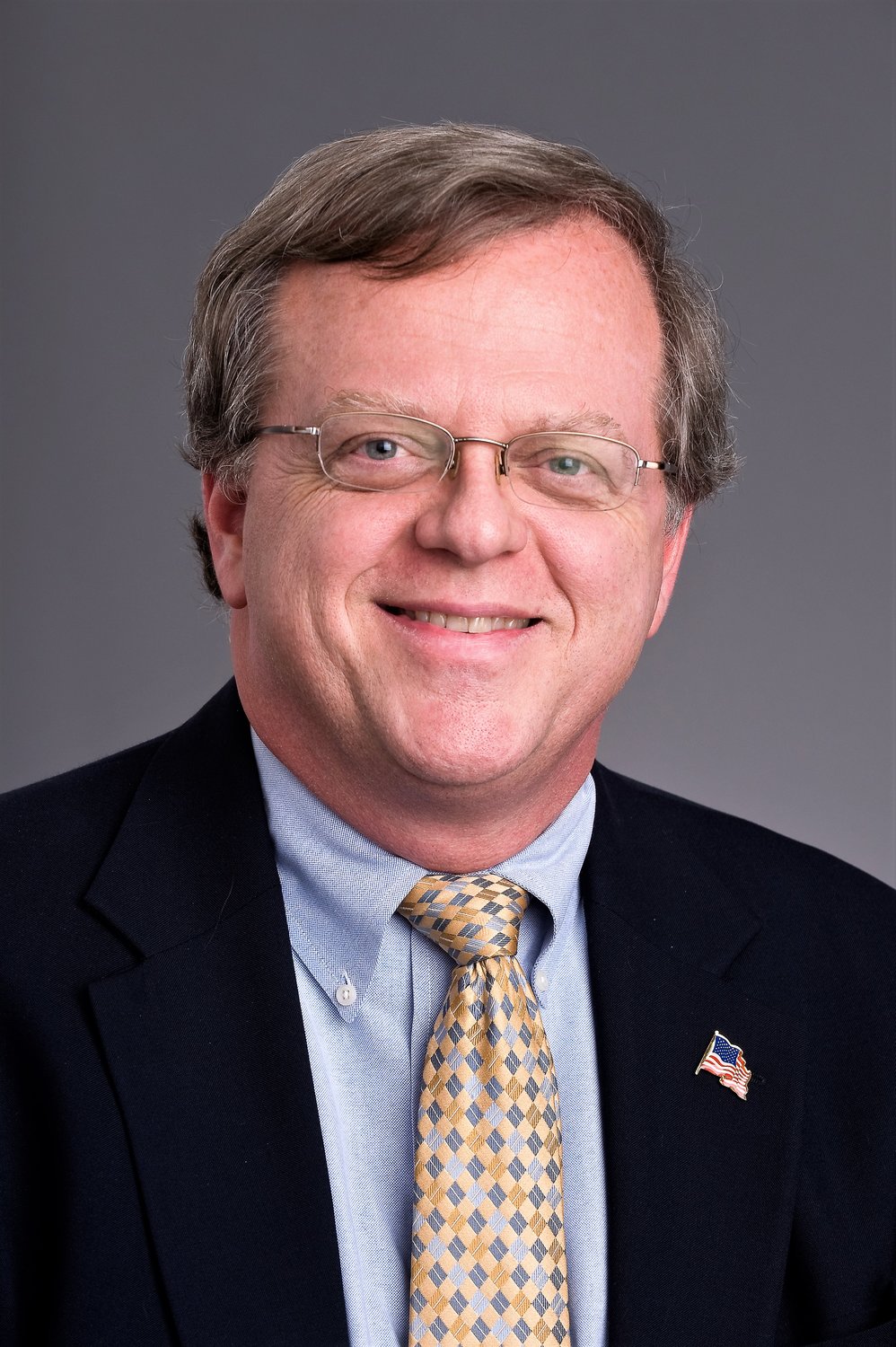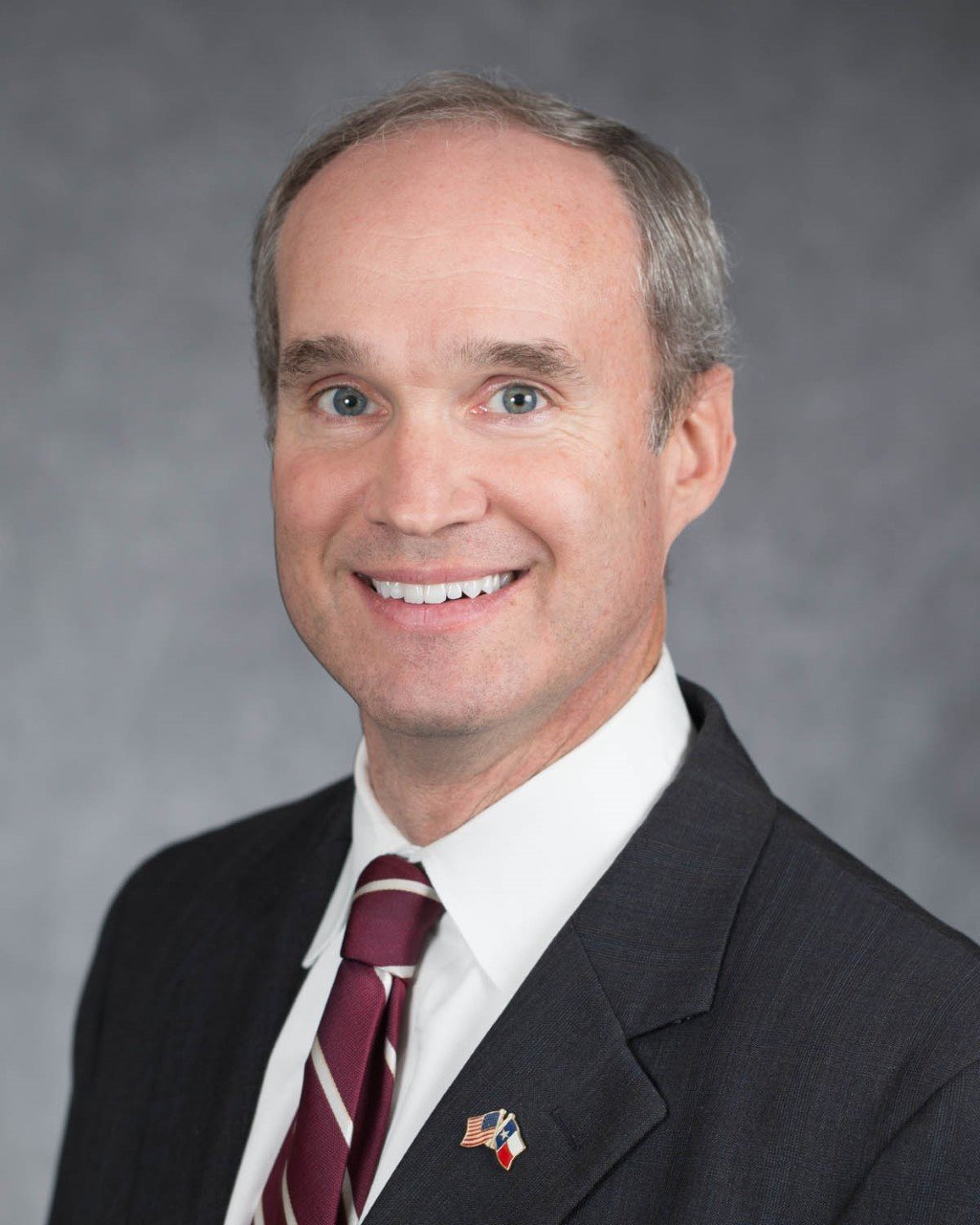Schofield, Bettencourt file bill seeking voter approval to end Daylight Savings Time
Senator Paul Bettencourt, R-Houston, filed SB 2329 and SJR 86 to let Texans vote on eliminating Daylight Savings Time. If the voters approve, this would group Texas with Arizona and Hawaii, the only two states that do not currently observe Daylight Savings Time in the United States.
This item is available in full to subscribers.
Attention subscribers
To continue reading, you will need to either log in to your subscriber account, or purchase a new subscription.
If you are a current print subscriber, you can set up a free website account and connect your subscription to it by clicking here.
If you are a digital subscriber with an active, online-only subscription then you already have an account here. Just reset your password if you've not yet logged in to your account on this new site.
Otherwise, click here to view your options for subscribing.
Please log in to continue |
Schofield, Bettencourt file bill seeking voter approval to end Daylight Savings Time
State Sen. Paul Bettencourt, R-Houston, has filed SB 2329 and SJR 86 to let Texans vote on keeping Daylight Savings Time. If the voters approve, this would group Texas with Arizona and Hawaii as states that stay on one time during the year.
Currently the U.S. Congress does not allow for a shift in Daylight Savings Time, only to stay on Standard Time. However, U.S. Sen. Marco Rubio, R-Fla., is promoting the Sunshine Protection Act of 2023, which if adopted would enable states to adopt Daylight Savings Time. In March 2022, a previous version of Rubio’s bill passed the Senate unanimously but was held in the U.S. House of Representatives.
“When you think of hot-button public policy issues, what usually comes to mind are things such as property tax relief and school finance and pension reform,” Bettencourt said. “However, the issue of Daylight Savings Time has roused passions on both sides of the debate for over 100 years. Texans like me want to be on one time, and the Congress hasn’t given us the option to vote on Daylight Savings Time. SJR 86 gives Texans the opportunity to vote on the issue and express their opinion on the debate once and for all in the Lone Star State.”
SB 2329 and SJR 86 would apply to all portions of Texas using Central Standard Time and Mountain Standard Time. If passed, the bill would require a vote in the Nov. 7 general election, where Texas voters would decide whether to keep Daylight Savings Time.
Daylight Savings Time was first enacted in the United States during World War I but was repealed in 1919 over the veto of President Woodrow Wilson. It was restarted during World War II, but it was repealed again three weeks after the end of the war during the Truman Administration. A patchwork quilt remained until Congress passed the Uniform Time Act in 1966, which allows states to remain on standard time if they wish.
Rep. Mike Schofield, R-Katy, represents the Harris County portion of Katy. He is House author of the bill. He said Texans are tired of having to change their clocks and lose an hour’s sleep for no reason.
“People would like to get home from work and play with their kids without it being dark half the time,” Schofield said. “There’s no reason not to fix this.”
One major justification given for Daylight Savings Time is that it reduces energy consumption. However, studies on the issue have been mixed, with a 2008 Department of Energy study finding that an extended Daylight Savings Time “saved about 0.5 percent (1.3 billion kilowatt hours) in total electricity per day” over a four-week extension. A University of California Santa Barbara study however found that when Indiana moved to a statewide system in 2006 it caused a 1% increase in residential electricity use. At the federal level, Rubio refiled legislation in the Senate to enable states to go to a Daylight Savings Time option and permanently end the twice a year adjustment of clocks.
“Instead of fall back and spring forward, it would be a fall vote to keep a Daylight Savings Time, but the language in the Texas constitutional amendment says it would await a federal court order or Congressional action before it could be implemented,” Bettencourt said. “Let’s get to one time in Texas any way we can.”
NOTE: This story has been updated to reflect additional comments from Bettencourt.
Keywords
Daylight Savings Time, Texas Legislature









